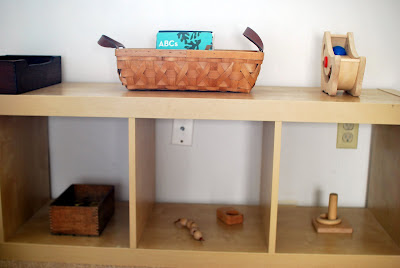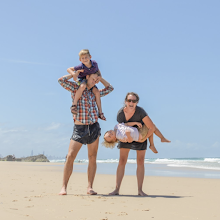Update: Building a Community
The coolest part is that we even found a couple (with a baby due in June) to buy one of the plots. They are super-awesome people and would make fantastic neighbors. The timing was perfect for all of us.
We finally got the seller to agree to an expensive and comprehensive survey of the property, so we could have clear data about floodplain issues, trees, set-backs, etc. Once the data came back, we trekked to the Development Assistance Center to sit down with a consultant from the city. He promptly informed us that the land was entirely unbuildable because it all lies in the floodplain.
Womp. Womp.
At that point, the other couple found an awesome house and put an offer down, so now we're back to square one. Honestly, I'm feeling okay about where we are in this process. First of all, I no longer have a clear sense of where I really want to put down roots (neither does Matt). I want Henry's circle of independence to get larger and larger as he grows up, but we're only going to feel comfortable with that if we live in a relatively safe neighborhood. Also, I'm having some feelings of consternation about contributing to the gentrification of East Austin. Also, trying to corral people who are interested in community (and who have a timeframe that perfectly aligns with our own) is very difficult.
I'm starting to realize that making this dream happen by the end of 2012 probably won't work out, and I'm making peace with that realization. Henry's new Montessori school (which he will attend for at least the next two school years) is right up the road. If we moved to another part of town right now, it would be a major pain to get him to school in the mornings and pick him up in the afternoons.
Right now we're just keeping ourselves open to possibility. We're meeting new friends, talking with different people about various neighborhoods, and generally exploring. It definitely makes sense for us. It also means that it will be easy for us to pay for the ridiculously high costs of Montessori childcare and private school (since we have money from the sale of our house in Houston).
That's another thing I really want to keep in mind as we contemplate our next move: I want us to be sure that we don't stretch ourselves too thin. Who knows what the future holds? One of us may lose our job, want to go back to graduate school, decide to stay home with a second baby--the possibilities go on and on! Plus, we want to be able to save money for traveling and retirement. It will probably be very difficult for me to settle for a more modest house (especially because Austin is such an expensive place to buy a home), but it will be important in the long-run to maintain flexibility and security for our family.







































